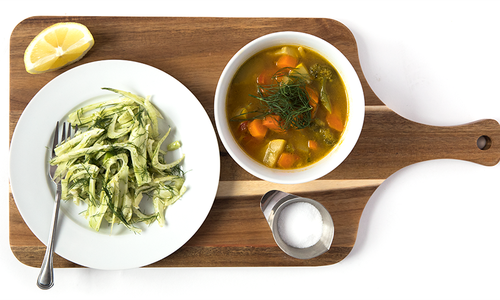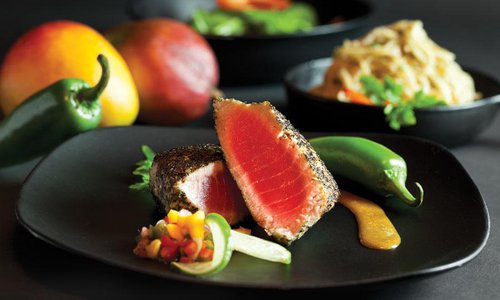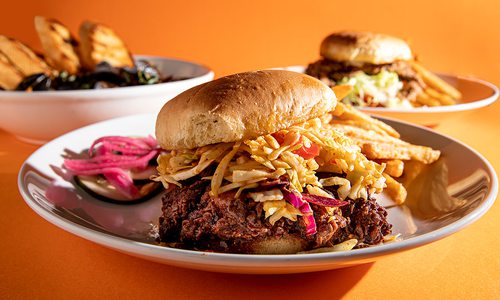Food & Drink
Food Lovers Handbook
A field guide for the best meat, cheese, eggs and more in 417-land.
By Savannah Waszczuk, Vivian Wheeler, Katie Pollock Estes
Aug 2017
 Photo by Brandon Alms
Photo by Brandon Alms
If you think gourmet ingredients are inaccessible to the average home cook, you haven’t looked deeply enough into southwest Missouri’s food scene. The truth is there is a whole world of gorgeously created food that’s made, grown, raised or sold right in your backyard. High-quality ingredients are painstakingly created by artists posing as pastry chefs, honey connoisseurs posing as beekeepers and cheese geniuses posing as farmers. They are the men and women who pour their hearts and souls into their craft, and we guide you where to find their products—and tons more—right in 417-land.
Jump to A Section
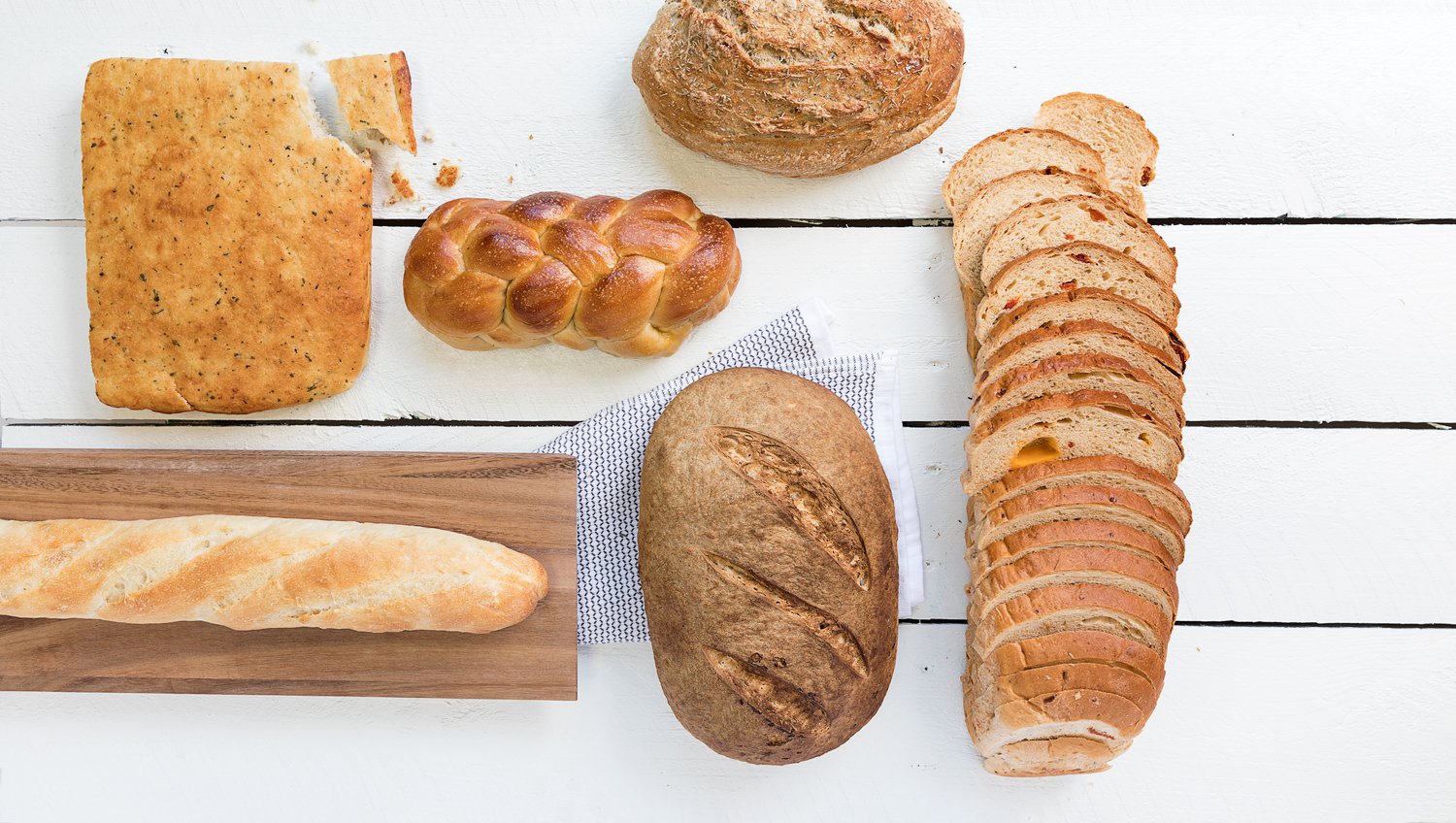

The Bread Winner
If you’re buying fresh bread, check its proximity to the oven. “When you go to the grocery store, they don’t put the Wonder bread in the bakery,” says Craig Crosby, owner of The Artisan’s Oven. The loaves sold at this shop are still warm when they’re put up for sale, and they fill the Commercial Street bakery with the smell of baking bread as they’re transformed from hand-shaped loaves of dough into golden brown baguettes. Crosby buzzes around the hot kitchen in his flour-dusted chef’s coat and works side-by-side with staffers preparing the breads, many of which are then shipped to be served at some 25 local restaurants and sold at Homegrown Food and MaMa Jean’s Natural Market.
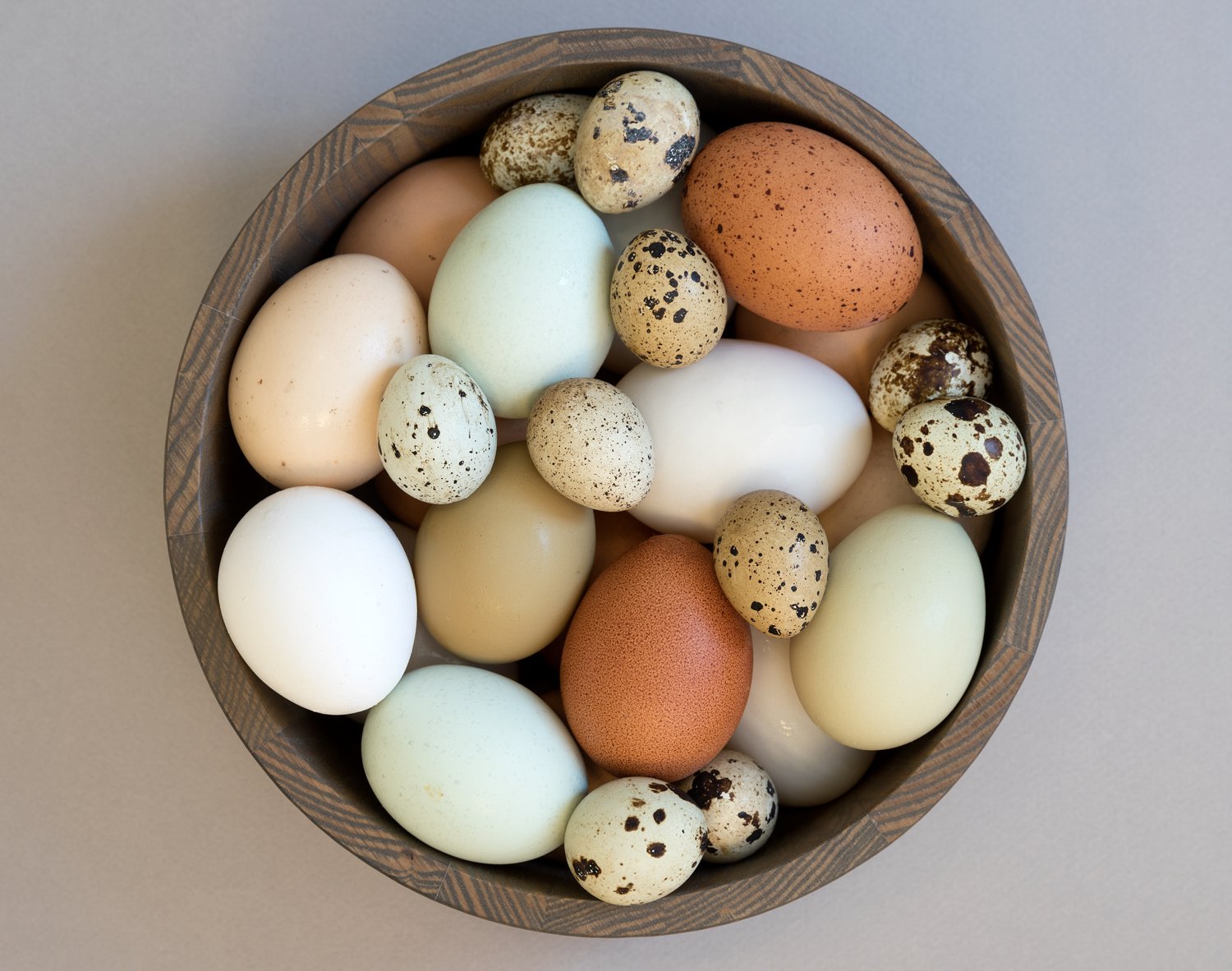
Eggs of a Different Color
Meadowlands Farms follows specific farming practices that ensure its disease-free chickens live comfortable lives, and it results in quality eggs with distinct flavors.
There are 150 chickens living the good life at Meadowlands Farms. Located in Niangua on the far east side of Webster County, these birds spend their days leisurely roaming the 34-acre property’s mix of woodlands and pasture. “Foraging is important for their health,” says Ann Horsman, owner and farmer of the Webster County farm. “They need to scratch in the dirt and collect seeds and other things that are edible for them. I know my chickens really enjoy a variety of grasses and clovers.”
As Horsman speaks of her Heritage breed birds, she recites their varieties as quickly and confidently as most people recite the alphabet. She has Anconas, Araucanas, Ameraucanas, Marans and olive eggers—her own cross between Araucanas and black copper Marans that produce olive green shells—and she regularly collects solid and speckled eggs in shades of blue, brown and green.
Meadowlands Farms operates under the NPIP (National Poultry Improvement Plan), a USDA program established to improve poultry and poultry products and eliminate diseases. NPIP is a voluntary program and requires extra work, but Horsman says it’s worth it. “It helps you know the health of your flock,” she says. “I would say that following a good biosecurity program ensures your customers are getting a quality product. That’s very important to me.” You can purchase Meadowlands Farms eggs at Farmers Market of the Ozarks.
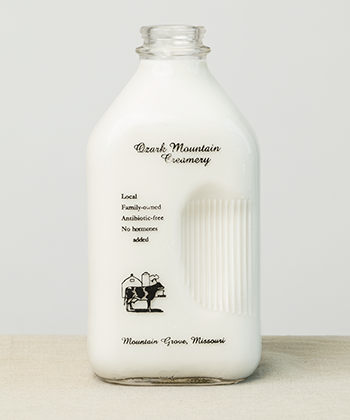 Got Milk?
Got Milk?
Ozark Mountain Creamery
This Mountain Grove–based creamery uses gentler vat pasteurization and raises cows that graze at pasture and eat grown-right-there feed made of sorghum, rye and wheat. They also offer non-homogenized cream-line whole milk. Find a list of the local groceries that sell their products at ozarkmtncreamery.com.
Edgewood Creamery
All of Edgewood Creamery’s milk is non-homogenized cream-line, so it offers a richer taste. Lower-temperature vat pasteurization is used here as well, and the cows are almost entirely grass-fed through rotational grazing. Find Edgewood’s milk at the farm’s store in Purdy or in Springfield at MaMa Jean’s Natural Market.
Memory Lane Dairy
Although Memory Lane Dairy is a division of Hiland Dairy, the milk the small company makes comes from cows within 50 miles of the Fordland-based plant. The dairy offers regular homogenized and non-homogenized cream-line milk, and specialty milks include flavors like mocha and orange cream. Get it at local grocery stores.
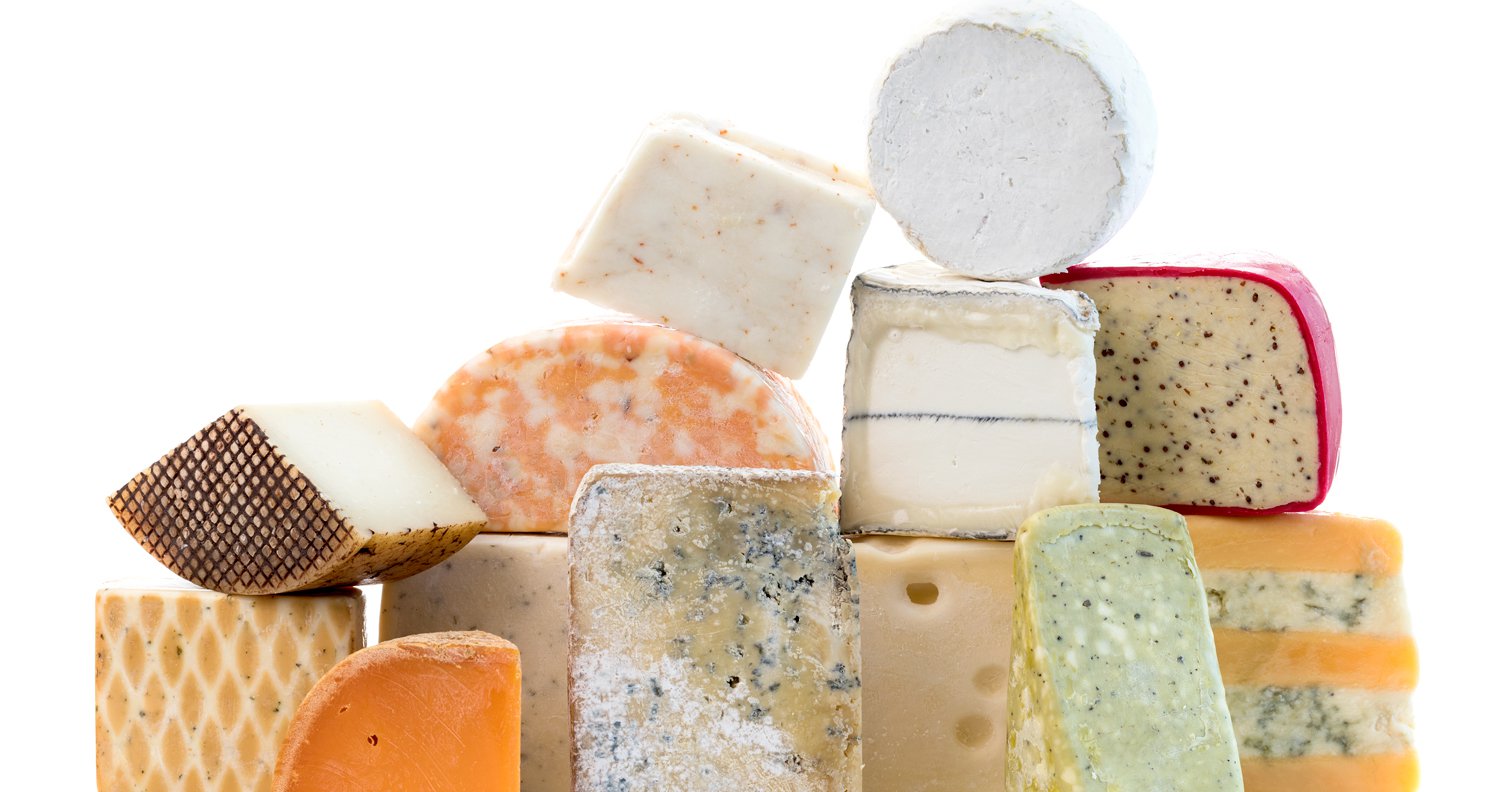

The Cheese Crafter
Terrell Creek Farm owners Lesley and Barry Million currently milk 48 goats twice per day, and they know each and every one of the animals by name. “These goats are very spoiled,” Lesley says. Each goat produces an average of one-half to three-fourths of a gallon of milk daily. “That translates into 300 pounds of cheese a week,” she says. The fresh milk is immediately poured into a chiller tank, and then it’s made into various fresh and aged cheeses. Lesley is the one who leads the cheese-making process—after she milks each morning, she changes into her second outfit of the day, ties on an apron and begins the hands-on process of creating cheese—they produce several varieties of chevre, feta, tomme, queso fresco and more. “We sell everything we make,” Million says. The cheese is all packaged at the farm, and then it is hauled off to sell at Farmers Market of the Ozarks, the Webb City farmers market and various local grocery stores and fine dining restaurants.


Master of The Desserts
Uliana Komodi spent countless hours researching the science behind tempering chocolate, and she spent about double that time practicing the technique. “It’s really about growing the right crystals and then getting rid of those crystals that will make your chocolate soft,” Komodi says. After one look at her picture-perfect bonbons displayed among a handful of other artisanal treats at European Café—the coffee shop and patisserie Komodi owns with her sister, Khrystyna Savva—it’s obvious she has perfected the craft. Before mastering the candies, Komodi spent hours in European Café’s kitchen refining many other artisanal treats, including the spot’s famous mousse cake and macarons, which took her about four months to perfect.
Packaged Goods
Some of the tastiest local treats aren’t fresh off the farm or hot out of the kitchen. They’re painstakingly produced and packaged locally to be sold on grocery store shelves.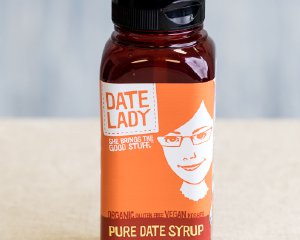
You can use date syrup just about anywhere you want to add a little sweetness. Mix it into energy balls, swirl it into a smoothie or drizzle a bit onto a peanut butter sandwich. Our favorite: Fry some apples in butter and cinnamon, stir in a hefty helping of date syrup and pour the warm goodness over vanilla ice cream.
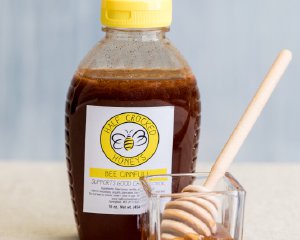

With a cheese-and-herb-infused crust adding flavor to a pizza’s base layer, the toppings can be kept simple but high-quality. We like to use (or make!) a layer of herbaceous tomato sauce, then top the pie with briny fresh mozzarella slices and bright green basil leaves for a simple-yet-delightful margherita pizza.
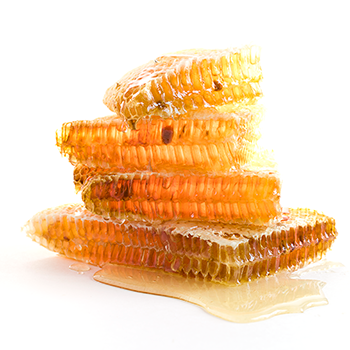 Honey of a Hobby
Honey of a Hobby
When it comes to bees, Jeff Maddox and Rob Maupin of 417 Bees do it all—they sell honey and bees, remove bees and have their own hives. They gave us the scoop on honey’s greatest secrets.
1. 417 Bees has approximately 150 hives located at some 24 apiaries (bee yards) around 417-land. “Our apiaries go as far west as Halltown, as far east as Rogersville and north to Fair Grove,” says co-owner Jeff Maddox. The bees produce nearly 100 gallons of local raw honey per year.
2. The bees forage on local flora, so the honey’s flavor changes among apiaries and from year to year. “I always say it’s a lot like wine,” Maddox says. “Even if you get the same wine from the same winery, it differs from year to year. The bees are always foraging on different blooms, and that produces different honeys.”
3. Many people believe local foraging makes local wildflower honey beneficial for allergy sufferers. “Just like any type of medication, it can work great for one person but have adverse effects on another,” Maddox says. “The idea is, you’re getting micro doses of that local pollen.”
4. 417 Bees sells its local raw honey (call 417-812-5021 to try to snag your own), but it sells out quickly. If you buy honey from another supplier, talk to beekeepers to make sure it’s local (hives should be located within 50 miles of where you live). Find more information about local beekeepers and beekeeping online at 417bees.com or at ozarksbeekeepers.org.
An Ode to Missouri Foods
When it’s so easy to summon ingredients from across the globe right to your kitchen, sometimes we miss the flavors right under our noses—nuts littering wooded hillsides, tart berries growing wild on bushes or soft fruit hanging heavy from autumn branches. Robert Stricklin, executive chef of The Keeter Center at College of the Ozarks, uses black walnuts, gooseberries and persimmons in his cooking and sings the praises of these three native Missouri flavors.
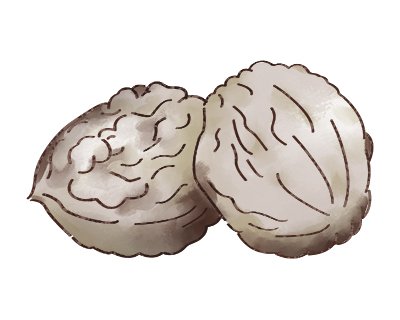
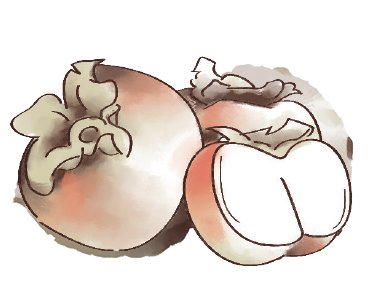
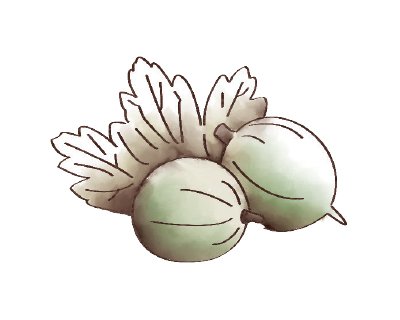
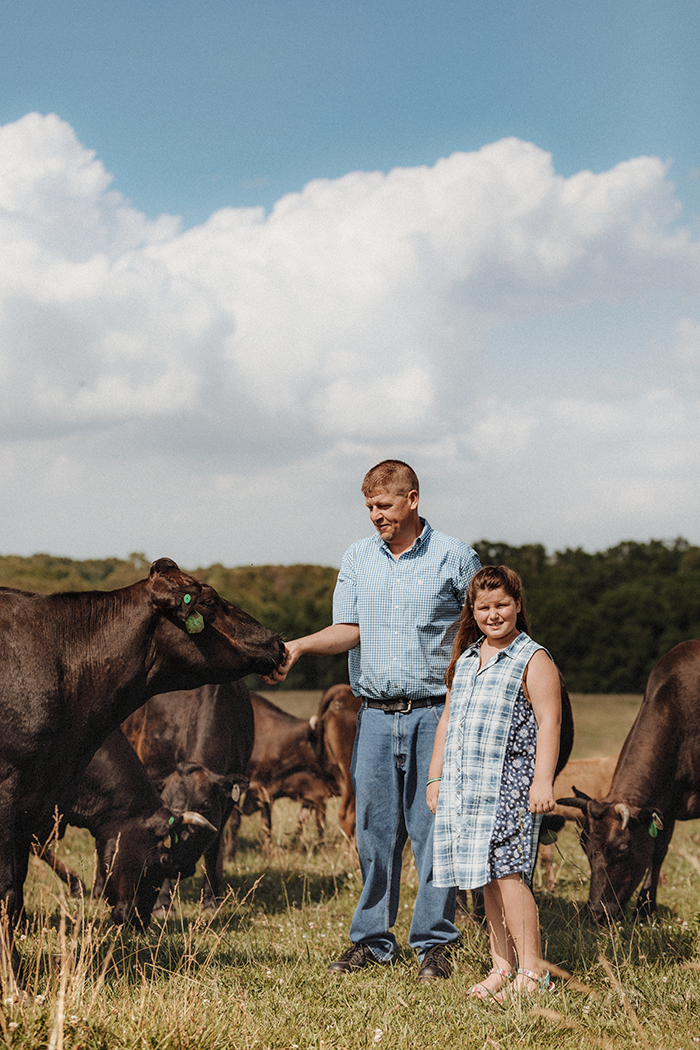
Why Wagyu is Worth It
Most people know that Wagyu beef is better beef, but why? Justin Baker from JB Kobe Farms dishes on the 200-plus-head cattle operation and its product.
1. Many varieties of cattle are harvested at approximately 18 months. The Wagyu cattle at JB Kobe Farms are raised for about 36 months. “Most cattlemen and women don’t care for the smaller size and slow growth rates of Wagyu,” Baker says. This 36 months includes 400 to 500 days of finishing.
2. Prime beef grades out as the highest quality beef according to the United States Department of Agriculture (USDA) beef grading shield. “Two percent of beef in the United States is Prime quality beef,” Baker says. The Wagyu at JB Kobe Farms ranks better. “Ours grades out well above Prime,” Baker says.
3. There are different varieties of Wagyu. “Just having Wagyu cattle doesn’t guarantee great meat,” Baker says. The majority of Wagyu beef in the United States comes from cattle with 50 percent Wagyu genetics. All of the Wagyu at JB Kobe Farms contain a minimum of 87.5 percent Wagyu genetics, and they also have 100 percent full-blood Wagyu. Higher concentrations of Wagyu genetics provide higher amounts of beneficial fats.
4. A study by Texas A&M reported that Wagyu beef has a 3-to-1 monosaturated fat ratio compared to 1-to-1 of normal beef, which means the marbling (and fat) is different. “Some Wagyu carry an SCD gene, which makes the fat have a lower melting point,” Baker says. “This equals flavor and a healthier type of fat.” You can see abundant marbling of these quality fats in beef from JB Kobe Farms.
5. JB Kobe Farms has bred or sold several hundred cows (including the 200-plus they currently own) that are registered with the American Wagyu Association. The registration process includes pulling DNA samples from every cow and waiting for approval.
Fantastic Meats and Where to Find Them
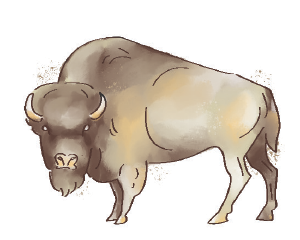

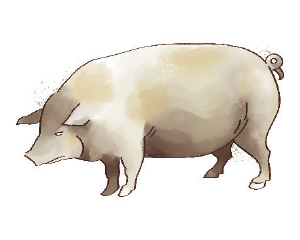


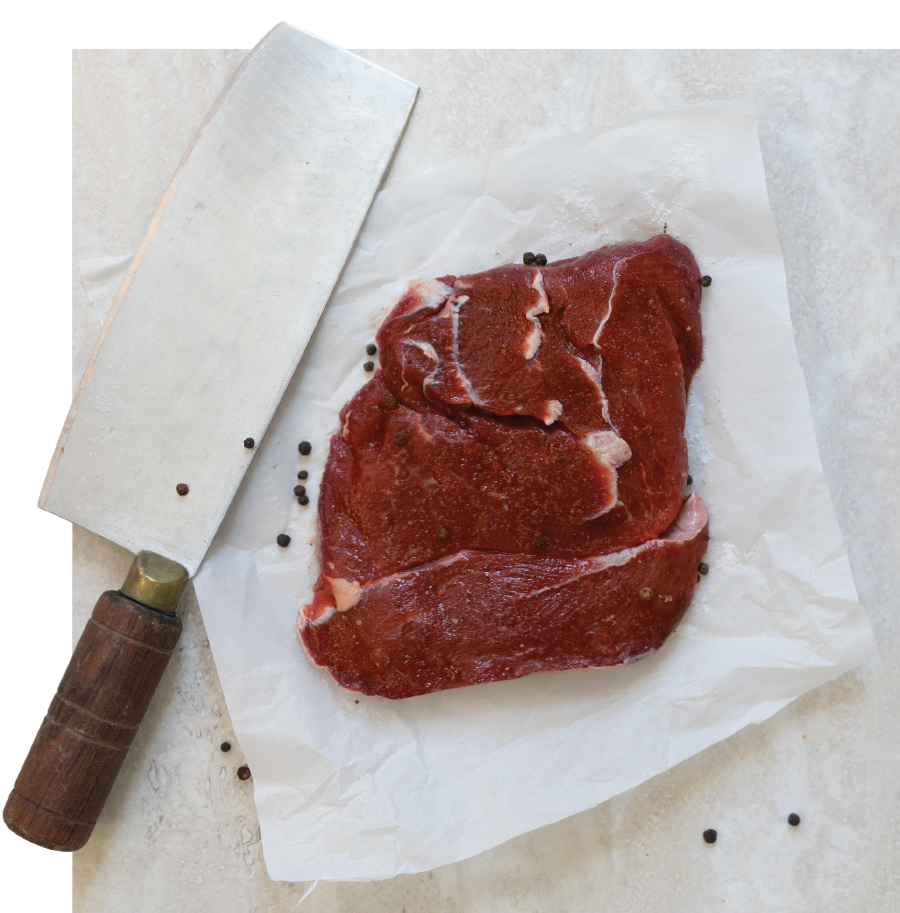
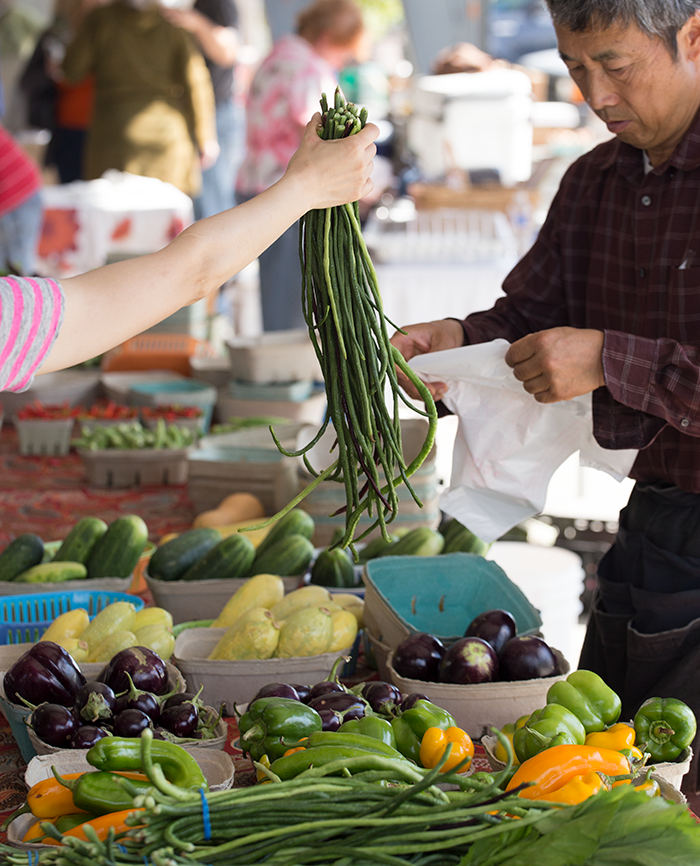
Become a Farmers Market Pro
Craig von Foerster of Harvest Restaurant knows his way around a farmers market. We tagged along with him to the Farmers Market of the Ozarks ahead of a busy weekend at the restaurant to learn how to find the freshest, tastiest produce.
Get There Early
Craig von Foerster gets to Farmers Market of the Ozarks around 7:30 a.m., a half-hour before it opens. He typically heads to Rocky Valley’s stall first, which von Foerster—and others—considers to have some of the best produce at the market. “Come 8 a.m., there will be a line of people waiting here,” he says.
Come Prepared
“Most of the year you should bring a cooler,” von Foerster says. “Ten minutes in a hot car can undo all the hard work the farmers put into getting the produce here.” This is especially true of items like salad greens, he says.
Act Like a Scientist
At the beginning of the season, von Foerster goes to vendors that sell corn and buys a couple of ears from each. He keeps these separated and does a blind taste test on the different ears to determine who has the best-tasting corn. Whichever farmer produces the winning corn is who von Foerster will be buying from that season. This principle can be applied to any type of produce.
Use Your Senses
Looks can be deceiving when it comes to judging the merits of produce. This is especially true of heirloom tomatoes—sometimes uglier can mean tastier. Don’t be afraid to smell produce as you’re perusing. A couple of whiffs can tell you a lot.
Resist Temptation to Buy Too Early
Pay attention to when things come into season and be patient. Von Foerster never puts an item on his menu when it first shows up at the market. Instead, he’ll buy a small sample of the item and take it home to try it. Often the early batches of produce are not going to be the best, so be conservative when you’re tempted to buy the first strawberries you see.
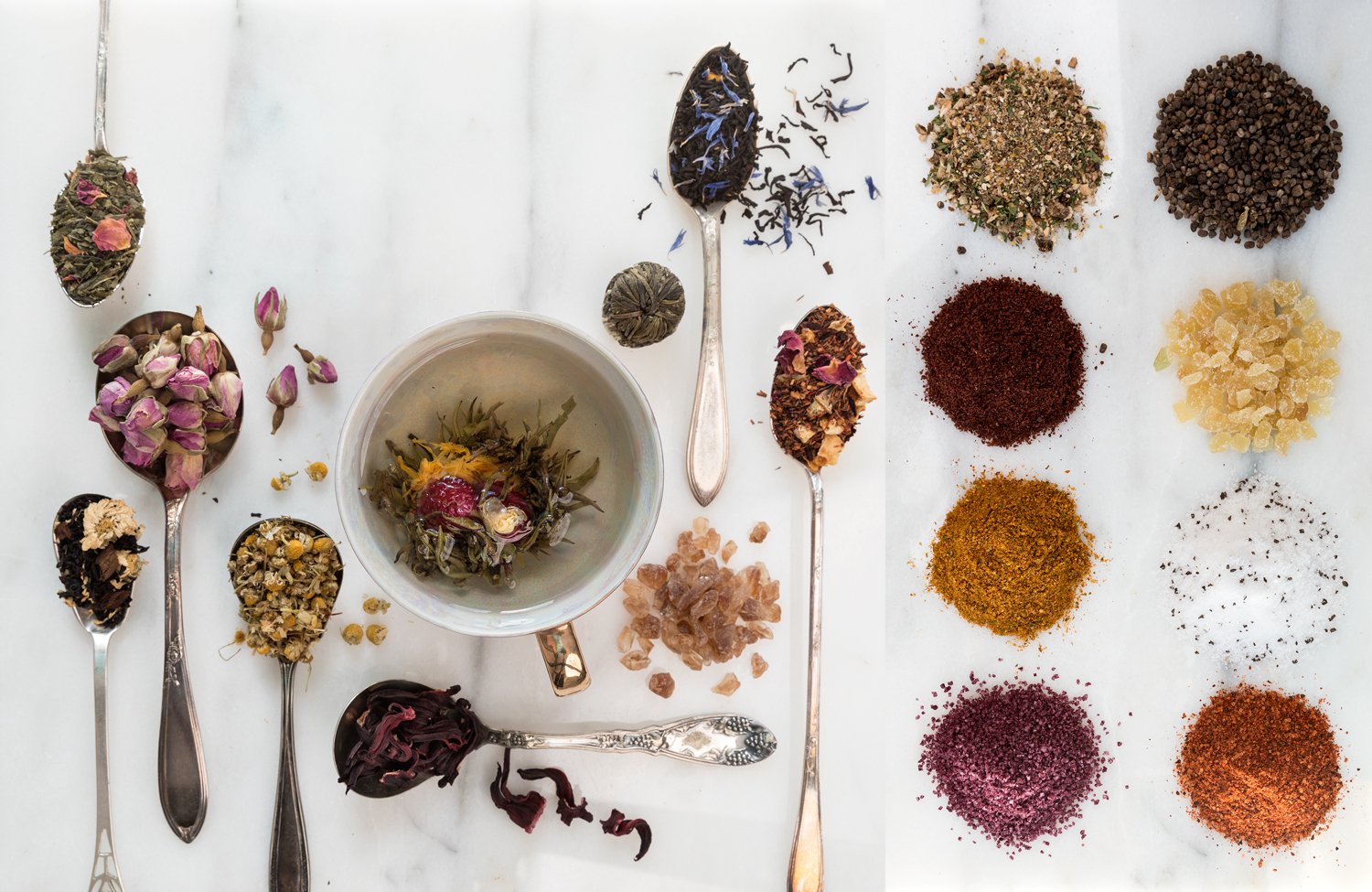
Your Tea and Spice Connections
The Spice Agent
Go to The Spice Agent (105 E. Main St., Branson) when you want super-fresh spices that are ground and blended in-house. There is also tea, dried mushrooms, dried peppers, oils, extracts and more.
Chabom Tea & Spices
If the scent of tea is your bliss, you’ll love Chabom Tea & Spice (209 E. Commercial St., Springfield ). You can even taste the tea before you buy, and there are also tons of tea supplies. Their spice game is strong too.
The Spice & Tea Exchange
In addition to the store’s namesake teas and spices, you can also browse flavored gourmet sugars, olive oil, grains and more at The Spice & Tea Exchange (100 Branson Landing Blvd., Suite 215, Branson.
Mama Jean’s Natural Market
With four locations, MaMa Jean’s Natural Market is a convenient go-to for spices and teas. In addition to the wide variety always on-hand, the store offers deals on different bulk items each month.
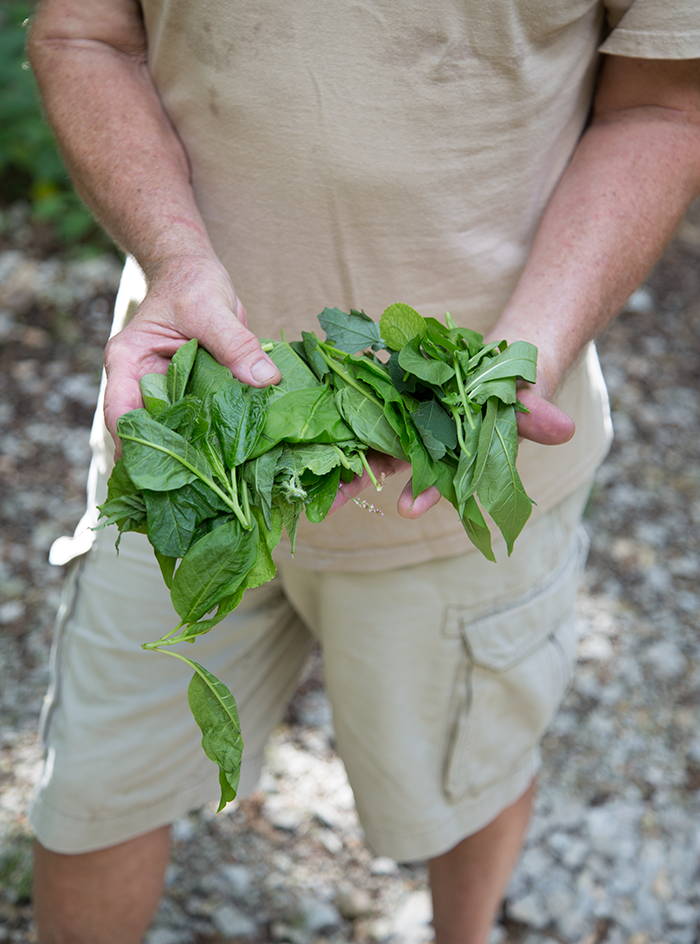
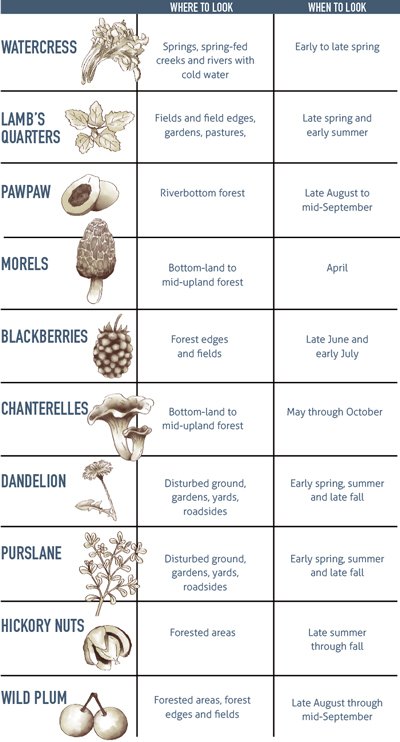 Forest to Table
Forest to Table
Often hidden in plain sight, edible plants abound in the Ozarks.
My grandmother was a legendary forager. Conservation agents in her hometown of Perryville would drive to her farm with plants they couldn’t identify. In an effort to learn the skill my grandmother had mastered, I set up an edible plant walk with another legendary forager—417-land’s own Bo Brown—and drove east of Springfield to his cabin on the James River.
Brown is a walking encyclopedia of foraging knowledge. We had not stepped 3 feet out his cabin door before he was handing me leafy green bits to try. In fact, throughout our two and a half hours together we didn’t stray more than a couple hundred yards from his cabin, yet he probably identified at least 30 edible or medicinal plants. He showed me plants that looked like teeny, tiny okra but tasted like dill pickles. He plucked poke leaves, dandelion and lamb’s quarters for pot greens and decorticated a slippery elm branch to make a cord.
At one point he convinced me to run the back of my hand through some stinging nettle. Initially I didn’t feel much, but about a minute later an itching and burning sensation spread over my hand. Just as the pain was becoming uncomfortable, Brown rubbed a handful of roughed-up curly dock over the affected area. It took away the pain almost immediately. As we walked over his property and he named the flora around us, it was as if a world that had been blurry slowly came into focus. Out of a forest of green, definition began to appear.
Once we had collected enough pot greens for a taste, we headed inside to Brown’s cabin. Brown threw the greens in a pot and covered them in water. About five minutes was enough to do the trick. Brown then dressed the pot greens with Lowry’s seasoned salt and balsamic vinegar. As we sat enjoying the delicious spoils of our labor, which tasted like spinach, but earthier, I couldn’t help but wonder how my grandmother liked to season her pot greens. If I had to guess, it would involve bacon grease.—Vivian Wheeler
Learn to Forage
Bo Brown leads foraging walks throughout the spring, summer and fall. You can find dates for the walks at firstearth.org. Or, grab a handful of friends and a book a private event, which typically runs between $100 and $150.









